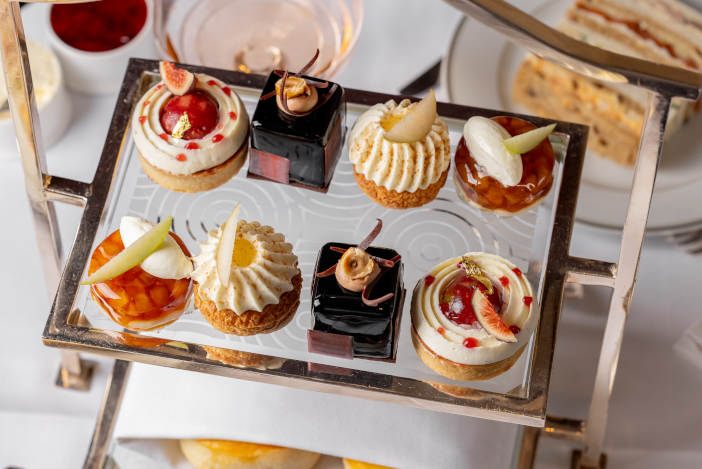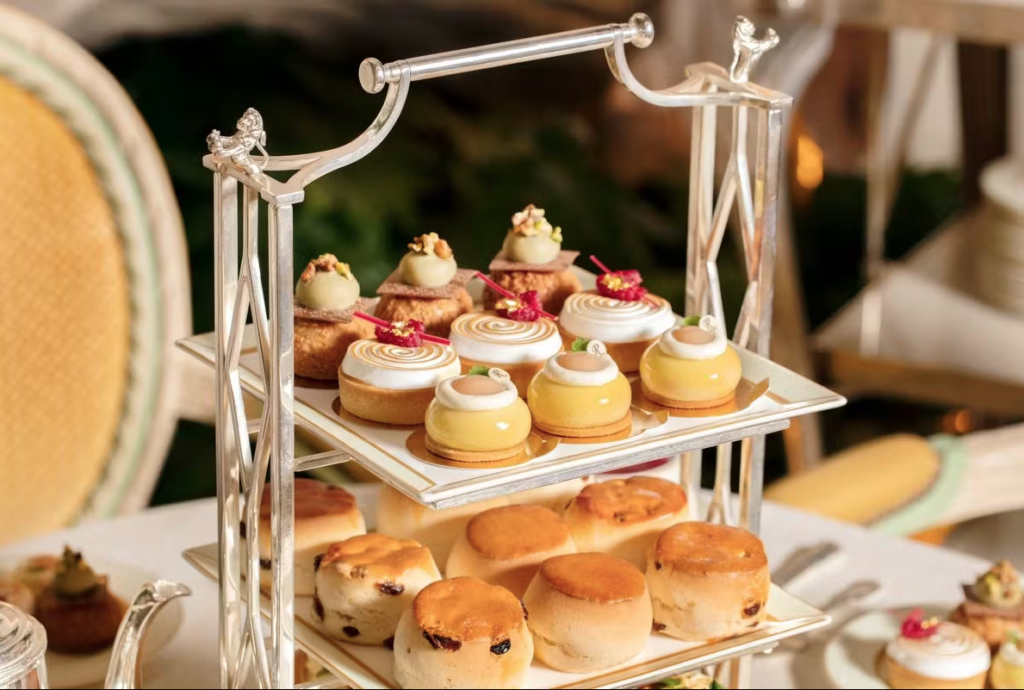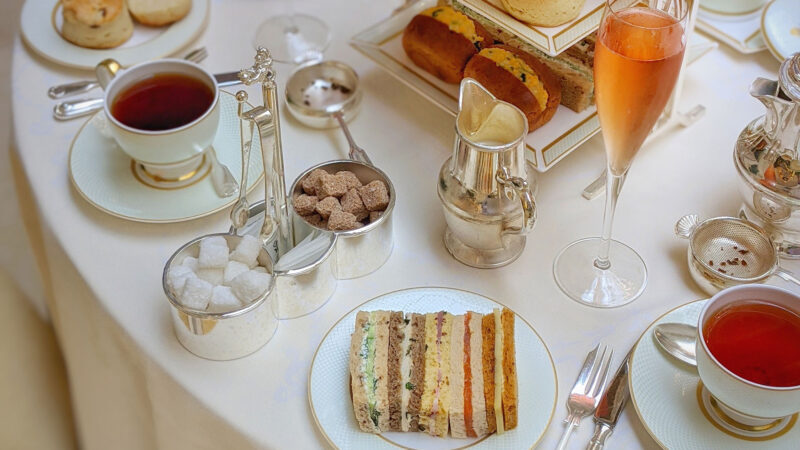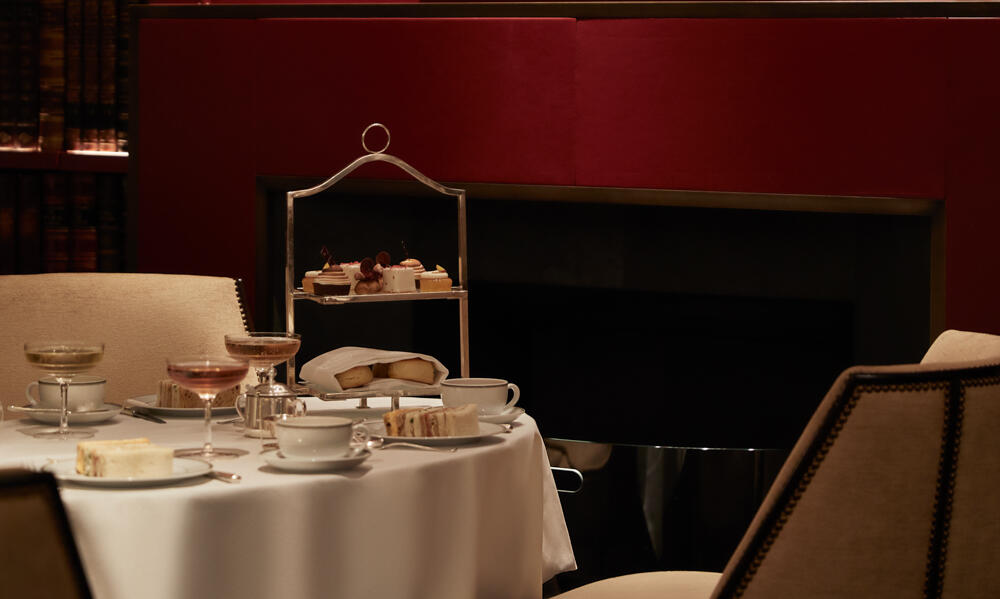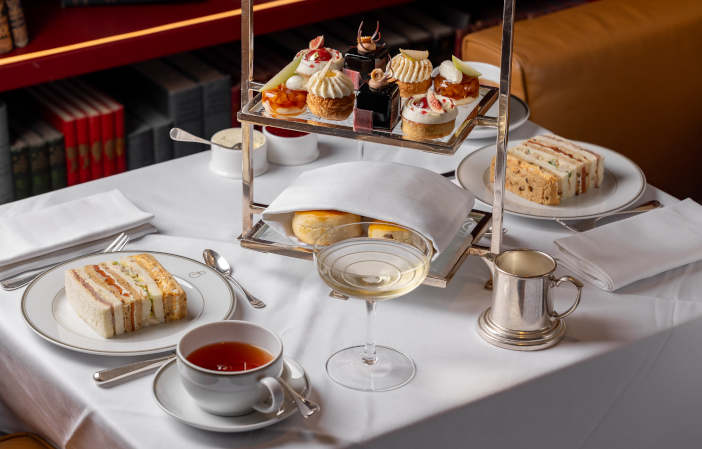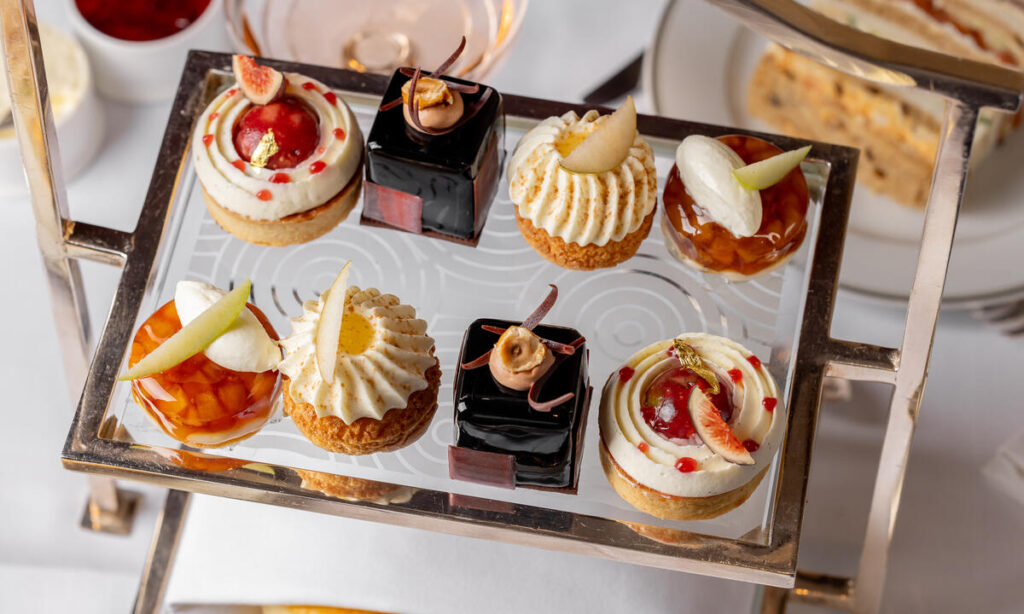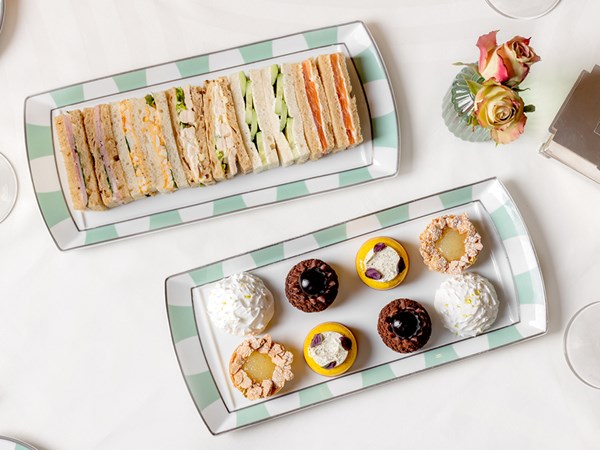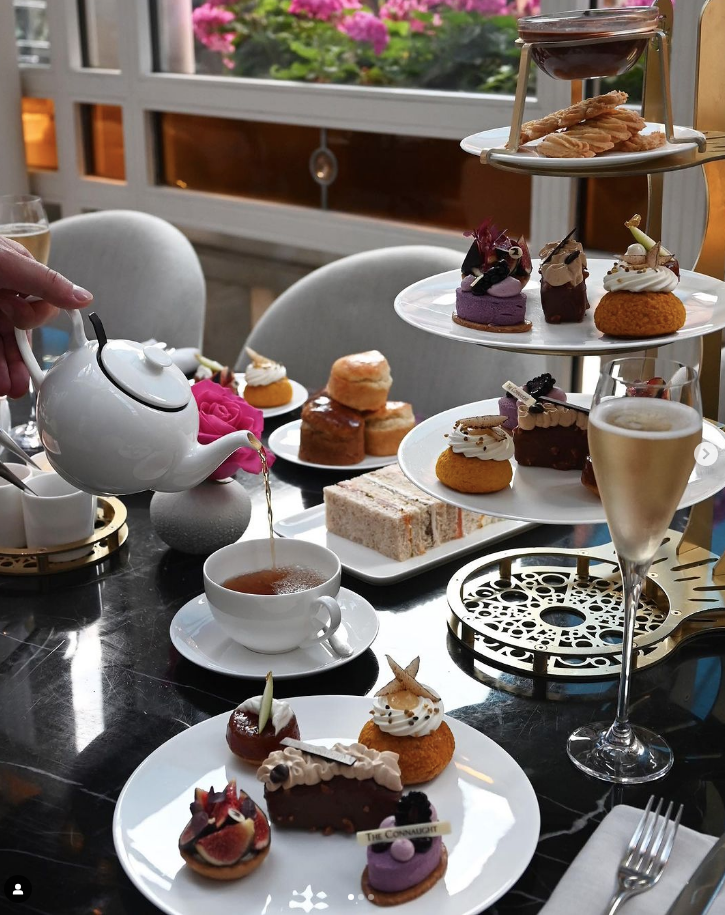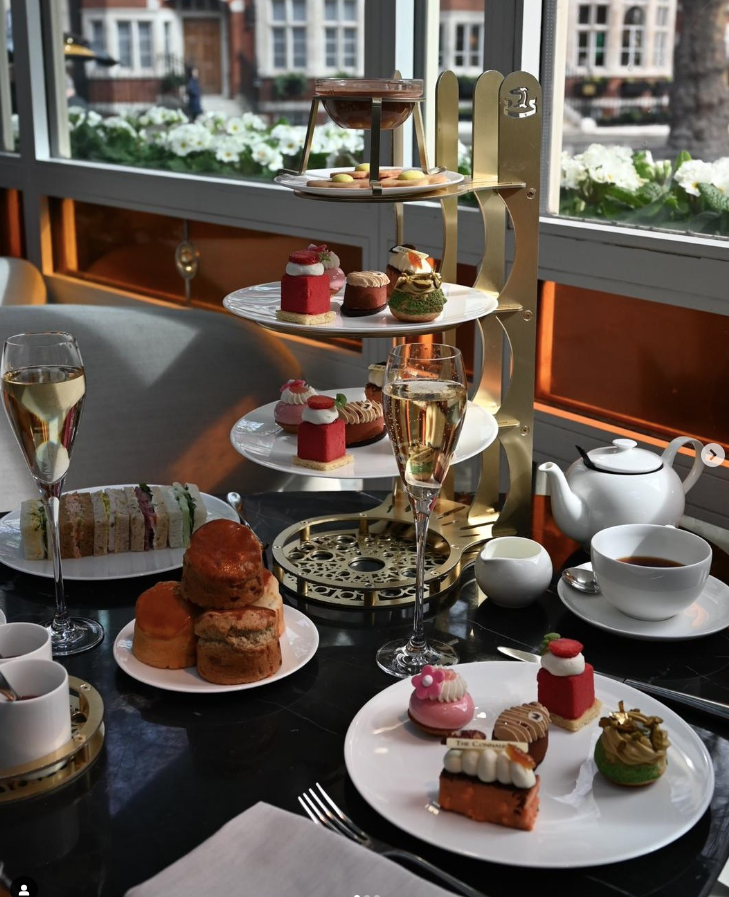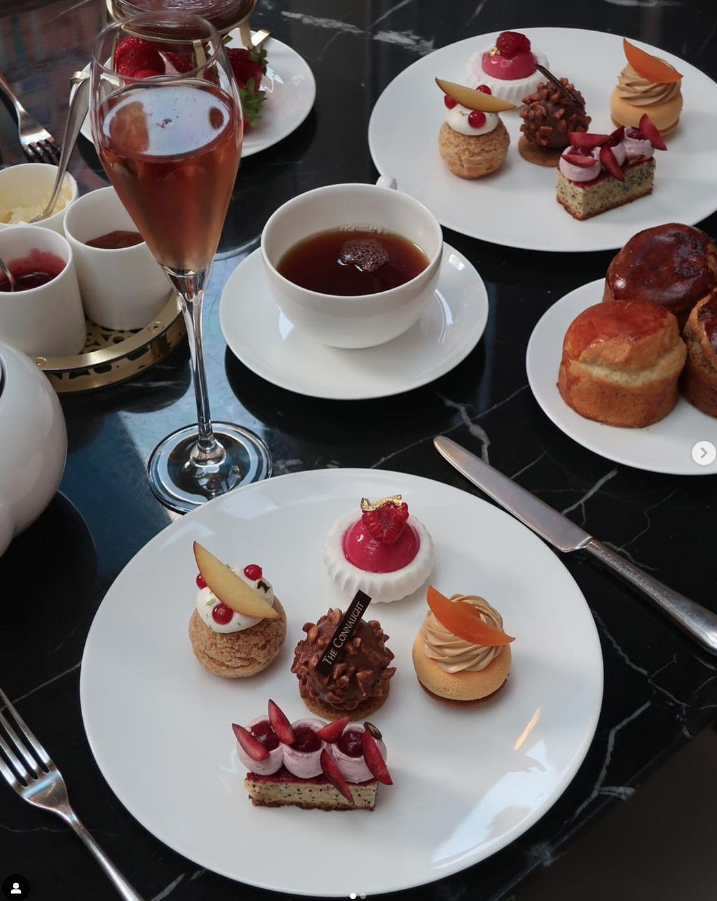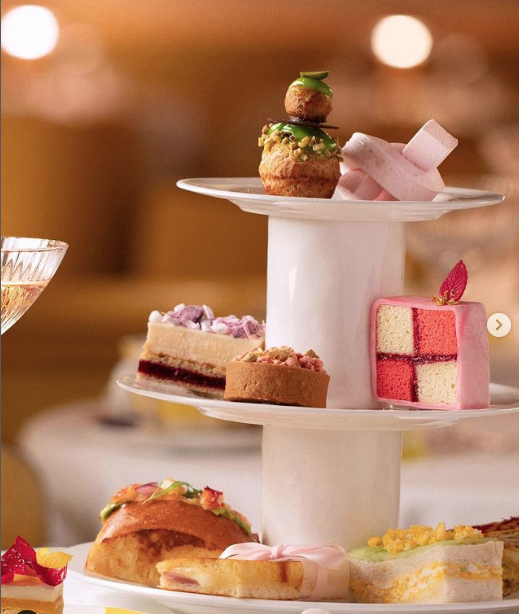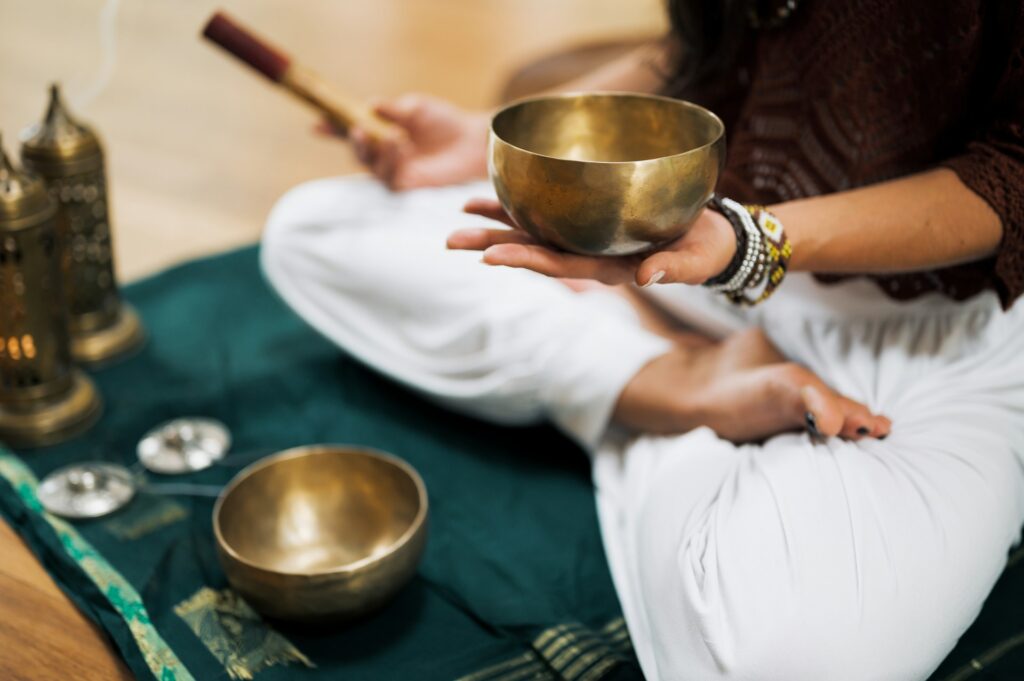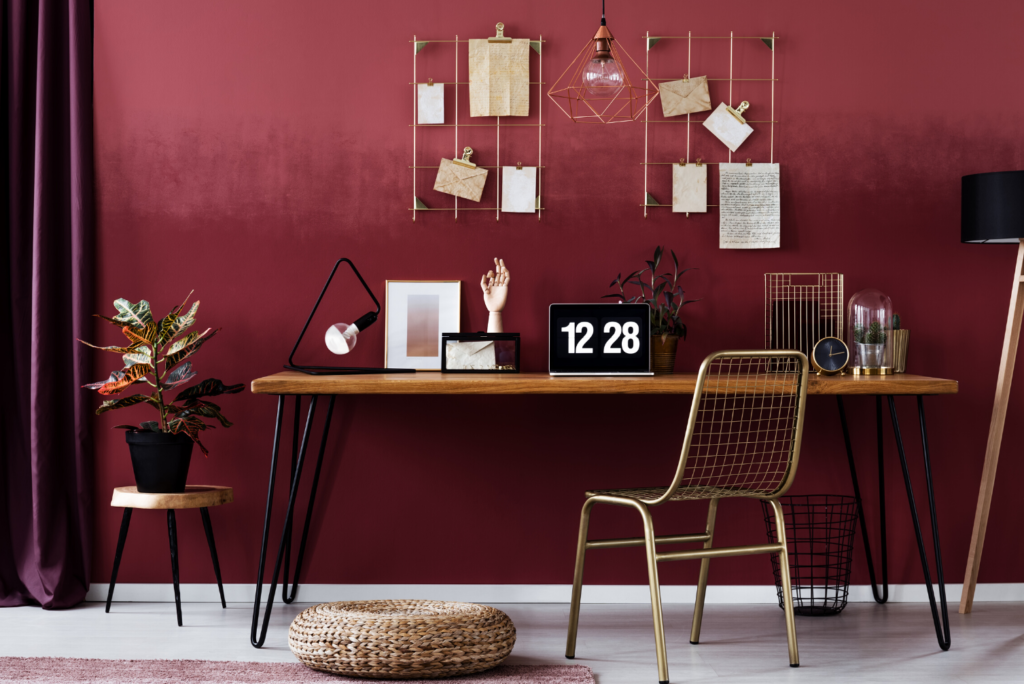Whatever your industry, profession or company, there’s an acceptance that the way we do business is going to look very different in the not too distant future. But in the words of Albert Einstein, ‘’in the midst of every crisis lies great opportunity’’, and many businesses are using this maxim to diversify or finesse their offering in order to get ahead in an ever-changing world.
And with these new beginnings, might it be time to boost your brand awareness and reach out to new clients? If you’re wondering how best to do just that, then here are some key ways that your business can boost brand awareness without spending a fortune.
A Revamp
Whatever industry you’re in, it’s vital that you adjust to new consumer behaviours brought about by the pandemic and, on an ever larger scale, shaped by the increasingly automated, tech-driven world that we now live in. Only then will your business be in a strong position to grow.
Not only should your operations reflect this, but your branding should, too. Make sure that the public image of your business reflects the fact that your company is nimble, flexible and ready to tackle the demands of modern times.
A brand image revamp might be the perfect way to communicate that your company is coping with global changes and challenges, and is ready to diversify the very way that your product is presented, purchased and consumed.
Some of the most efficient, affordable ways to revamp your brand include:
- Adding a new marketing channel, such as YouTube tutorials, social media competitions, or live events
- Though it sounds so simple, changing your dominant company colour
- Or, on an even more basic level, the main font your company uses
- Introducing a new company mantra or slogan
- If yours is a bricks and mortar business, hiring a sign manufacturer to revamp your frontage
- Changing which hero product is at the forefront of your next marketing campaign
Read: 5 IDEAL tips for growing your company’s brand online

It’s All About Sincere CSR
Or ‘corporate social responsibility’, for those not au fait with the jargon…
If you’re looking to bolster your company’s image and build your brand awareness, then you have to invest time in your corporate social responsibility. People want to buy things from organisations that operate in an ethical and sustainable way, and it’s your responsibility as a business to ensure that you truly are doing so, in the way that you treat suppliers and staff, source products, create and dispose of waste and so much more.
You can’t simply ‘look like you’re doing good’ because you will be found out. Instead, you have to be sincere in what you do.
Effective CSR requires a thoughtful understanding of issues that need addressing in the world today while recognising issues that matter to your customers, too.
Today, all companies should be committed to protecting the environment and taking steps to reduce their negative impact on the planet. Being committed to ethical labour practices across your entire supply chain, supporting the local and worldwide community, donating to charities and volunteering your services to those less fortunate for free, we think, should be at the heart of what you do.
When a company genuinely operates responsibly and sustainably, and customers get to buy good karma as well as a great product…..well, everyone’s a winner, don’t you think?
Brand Recognition
We all know there’s a reason why companies have a logo; it’s instantly recognisable and able to convey meaning without the need for column inches or expensive airtime.
It’s essential when trying to boost brand recognition of your business that your logo is consistent and visible in everything you do, from the labels you use on your product tags all the way to the letters you send out. Not only can a well-designed, distinctive label boost your company’s identity, but it can also help distinguish you from other products. In an increasingly crowded marketplace, this can be crucial in getting ahead.
Indeed, studies have shown that labelling and packaging can affect consumer behaviour hugely, leading to brand loyalty when the logo or company is clearly delineated across all products with consistency.
Keeping that branding visible through labelling and logos is all about reinforcing the presence of your business at each and every turn.
Humanise Your Brand
As Entrepreneur reports, “Consumers don’t trust brands. Most people view companies like faceless enemies; they’re just out to make money; they’re just telling us what we want to hear”.
As such, it’s essential that you make moves to humanise your brand, bringing the story and people behind it to the foreground. You can do this by shining a spotlight on team members on your social media channels, revealing more about the story behind the business’ beginnings, adopting a reassuringly human voice on Twitter, and flexing your funny bone on Instagram and Tiktok.
That said, it’s not wise to strive too hard for a ‘viral’ video which serve to show off your human side. Consumers will see right through this. Instead, be humble, genuine and most importantly, authentic. This will allow those engaged with your offering to become loyal to your brand. And that’s what it’s all about, right?
Leverage User-Generated Content
Encourage your customers to share their experiences with your brand on social media. User-generated conten (UGC) is a powerful tool because it serves as a personal endorsement and can be more persuasive than traditional advertising. Create a hashtag for your brand, run a contest, or feature customer stories on your website and social media channels. This not only provides you with free content but also increases engagement and trust among potential customers.

Collaborate With Complementary Brands
Find non-competitive brands that share your target audience and collaborate on a campaign or event. This can be a cost-effective way to reach a new but relevant audience. For example, if you sell eco-friendly office supplies, partner with a company that offers sustainable business services. Together, you can co-host webinars, create joint content, or run social media giveaways, effectively doubling your reach without doubling your marketing budget.
Offer Value Through Educational Content
Create informative blog posts, e-books, infographics, or webinars that provide valuable information related to your industry. By becoming a resource for your audience, you establish your brand as an authority in your field. This not only helps with SEO by driving organic traffic to your site but also builds trust with your audience. Make sure the content is shareable and encourages readers to distribute it within their networks.
Engage In Community Events
Participate in or sponsor local community happenings, festivals, charity functions or fundraising events. This grassroots approach can build brand awareness and goodwill within your local community. It’s an opportunity to showcase your brand’s values and commitment to social causes, which can resonate strongly with consumers. Plus, local media coverage of these events can provide additional exposure at little to no cost.
The Bottom Line
Boosting brand awareness is about making a lasting impression, not just a fleeting appearance. By innovating and engaging with authenticity, your brand can stand out without breaking the bank. From revamping your image to embracing social responsibility, and from harnessing the power of community to providing valuable content, each strategy is a step towards building a memorable brand. It’s through these genuine efforts that your brand will not only be seen but also sustainably grow in the esteem of your customers.







































